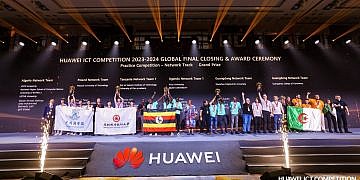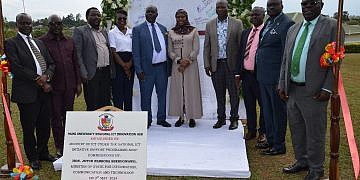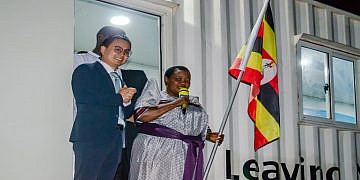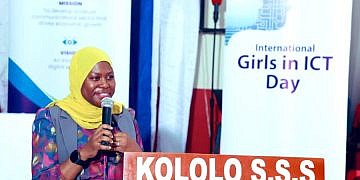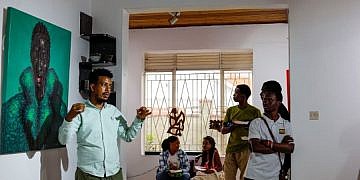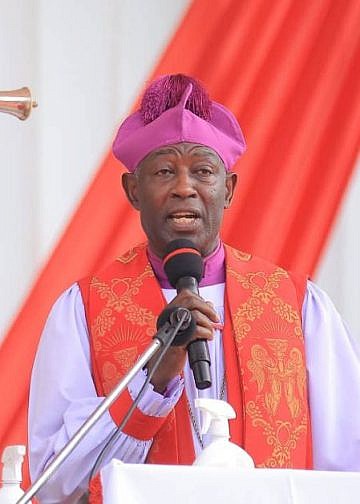In a major move aimed at accelerating electricity access across Uganda, the Uganda Electricity Distribution Company Limited (UEDCL) has announced the recruitment of 580 contractors.
This large-scale deployment is expected to significantly boost the rollout of electricity connections, particularly in underserved areas, marking a key step in the country’s post-Umeme energy transition.
The newly recruited contractors will spearhead the implementation of over one million new electricity connections.
These include 100,000 connections funded by the Government of Uganda, 40,000 supported by the African Development Bank (AfDB), and a massive 950,000 under the World Bank-financed Electricity Access Scale-Up Project.
In addition to new connections, the teams will also be tasked with resolving a backlog of 128,000 pending connections previously managed by Umeme, whose 20-year concession ended in March 2025.
Announcing the development via its official X platform, UEDCL said the deployment signals a transformative phase in its national electrification efforts.
“The deployment of 580 contractors marks a new chapter in our effort to ensure last-mile electricity connectivity,” the company stated.
UEDCL stated that the recruitment initiative is focused on transforming lives and empowering communities that have waited for years to gain access to electricity.
“This is not just about numbers it is about transforming lives, powering businesses, and unlocking the potential of communities that have long waited for access to electricity.”
This initiative is closely aligned with Uganda’s broader development strategy under Vision 2040, which targets 80% electricity access nationwide by the year 2040.
With current electricity access hovering below 30%, especially in rural areas, UEDCL’s plan is seen as a critical intervention to close the gap.
Sector experts say the recruitment reflects UEDCL’s expanding role as the national electricity distributor following Umeme’s exit.
With full control of distribution now back in government hands, expectations are high for improved service delivery, faster response times, and a more inclusive approach to connecting households, schools, health centers, and businesses


